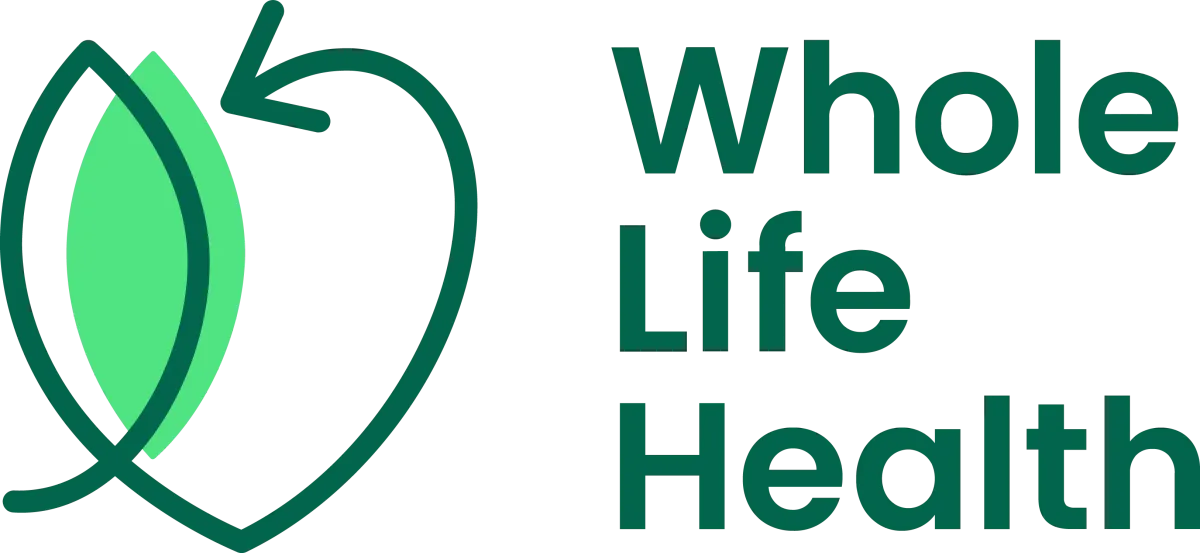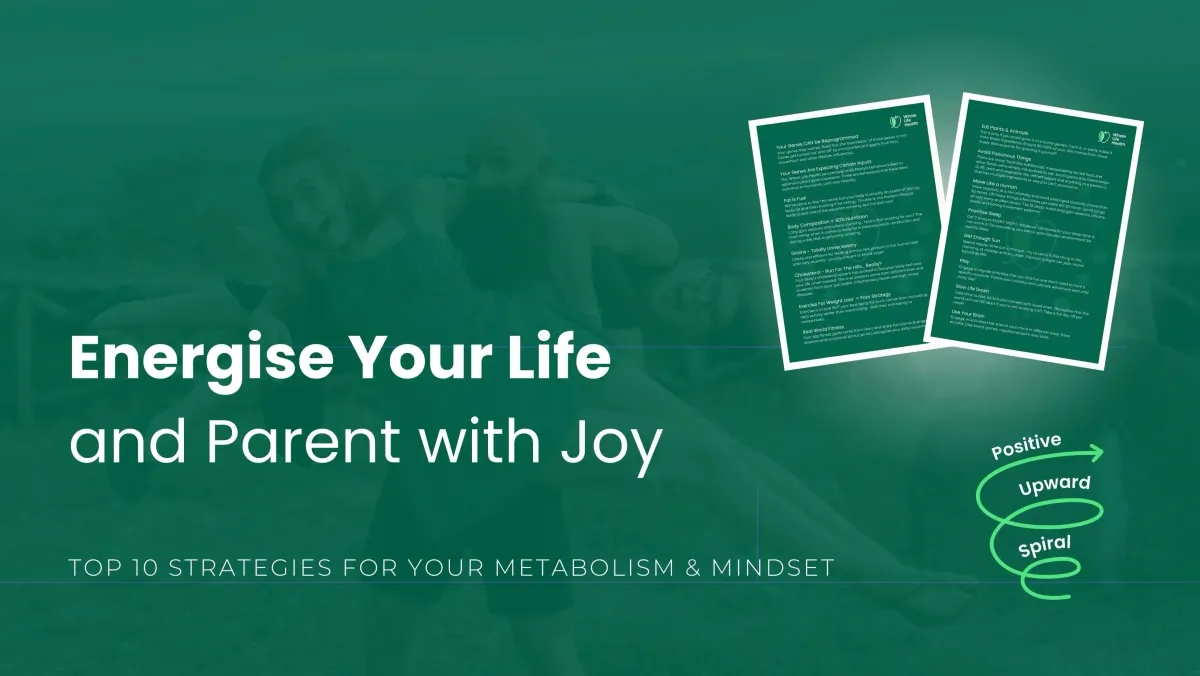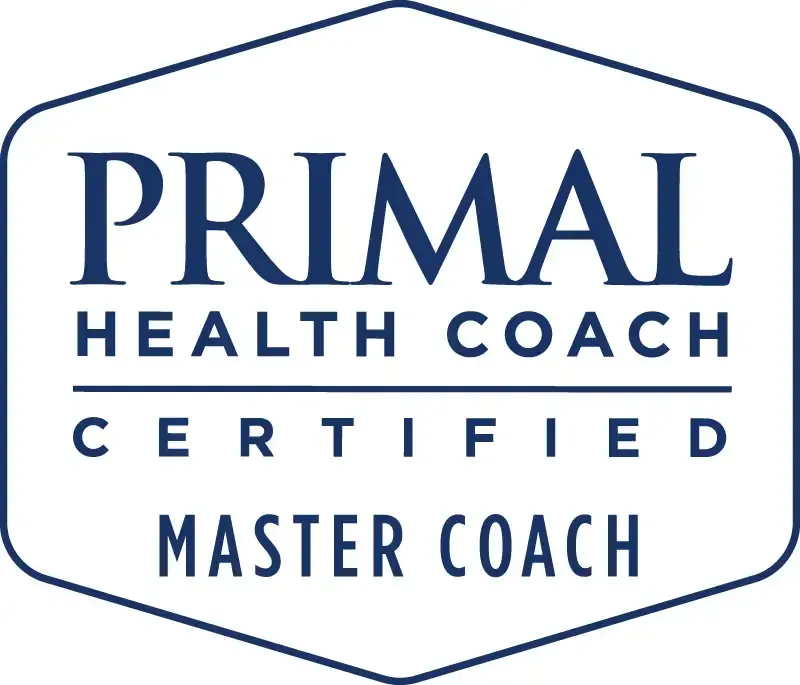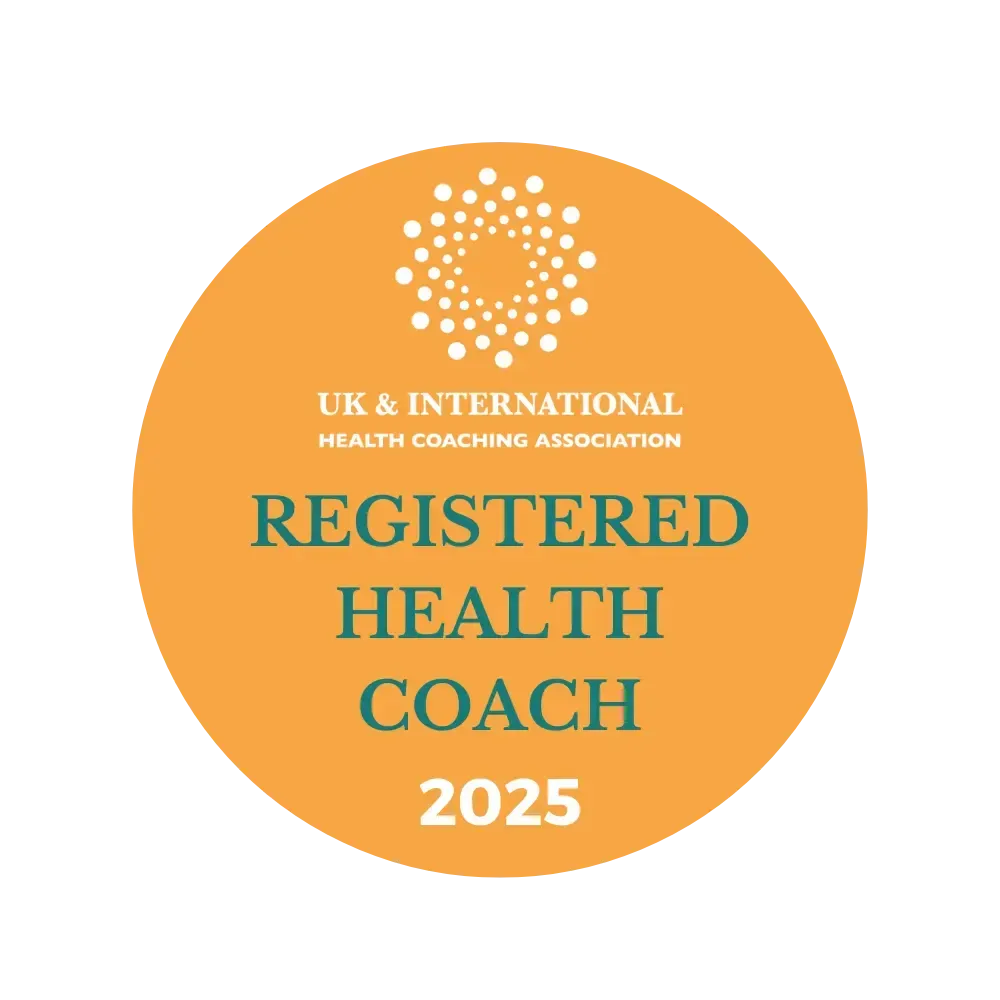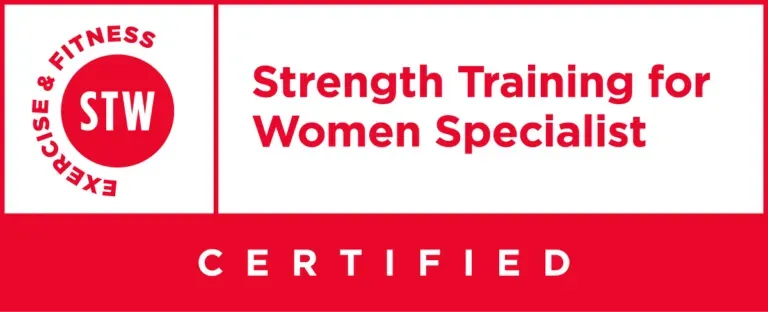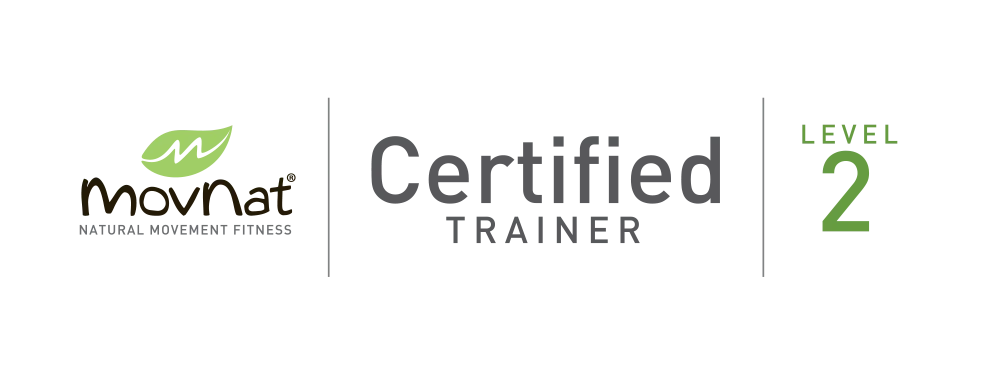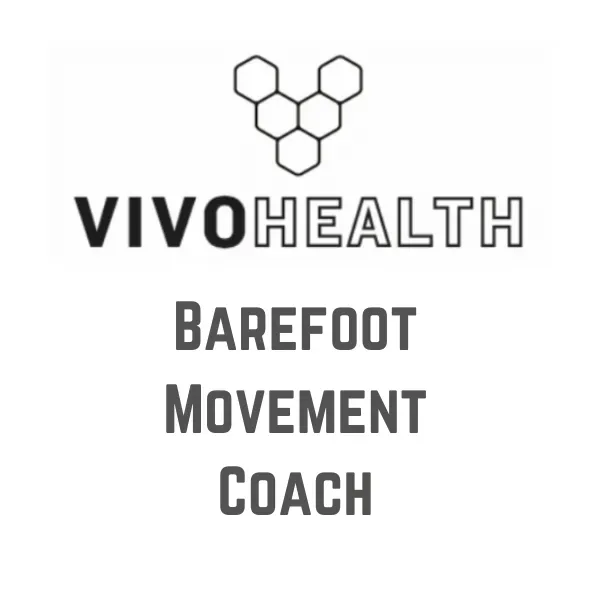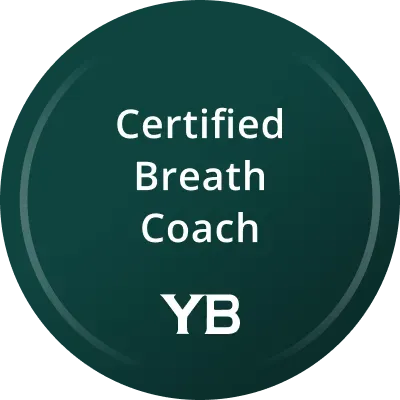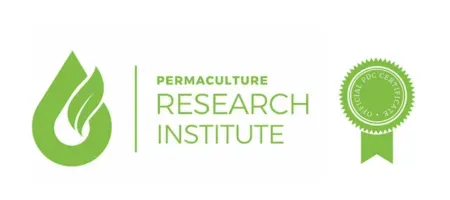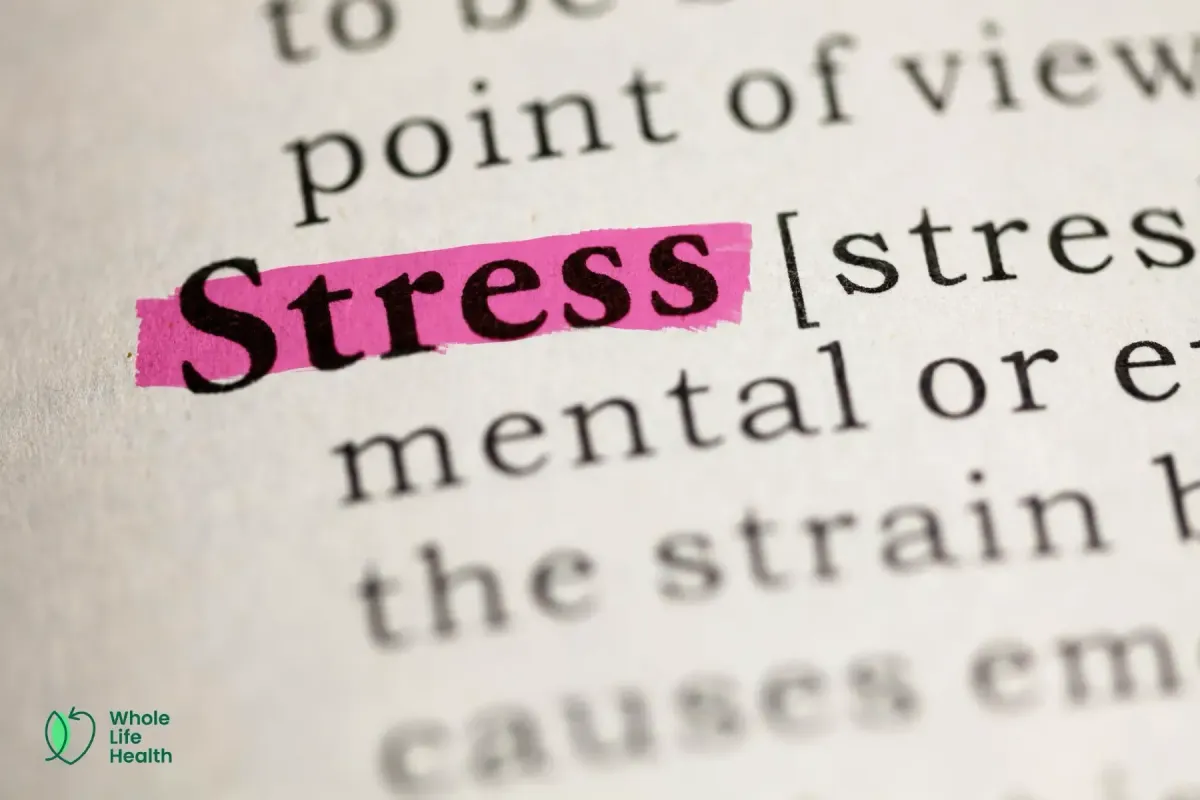
How Small Stresses Build Big Resilience (The Truth About Hormesis)
Not All Stress Is Bad. In Fact, It Might Just Save You.
If you’re constantly trying to "reduce stress," you’re not alone. If you know you need to do that, check out these strategies. But what if we told you that some stress is not only good for you—it’s necessary?
Enter hormesis: the Goldilocks zone of stress. Not too much, not too little—just enough to trigger adaptation, strength, and lasting resilience.
It’s the reason your muscles grow after lifting weights. It’s why fasting improves blood sugar control. It’s how sun exposure can strengthen your immune system (before it burns you to a crisp).
And the best part? This isn’t just a concept for elite athletes or biohackers. Busy parents, overworked professionals, and everyday folks can apply hormesis to build physical and mental resilience—in realistic, life-compatible ways.
Let’s break it down.
What Is Hormesis (and Why Should You Care)?
Hormesis is the idea that low-dose stressors trigger beneficial adaptations. In biology, this means small challenges nudge your cells to repair, grow, and thrive. But at high doses, the same stressor becomes harmful.
Think of it like this:
The key is the dose and the context. And when applied wisely, hormesis is one of the most powerful tools we have for building real health.
Primal Roots, Modern Wisdom
Our ancestors lived in a world of natural stressors: fasting between hunts, walking miles barefoot, cold nights under the stars, sun exposure without SPF 50. Their bodies adapted to survive.
Modern life, for all its comforts, has removed many of these stressors—and with them, our built-in resilience.
Reintroducing short, safe bouts of challenge mimics that ancestral rhythm and restores our ability to thrive. This isn’t about punishment. It’s about unlocking your biology’s full potential.
Everyday Hormetic Stressors That Work
Here are some of the most powerful (and accessible) hormetic tools:
Fasting
Exercise
Cold Exposure
Heat Exposure
Plant Compounds
Sunlight
Breathwork & Mental Challenge
So How Much Is Enough?
This is where it gets individual.
Mild stress builds strength—but only when your baseline is solid: good sleep, real food, emotional regulation.
If you’re postpartum, deep in burnout, or running on empty, then fasting and ice baths aren’t your next move. Start with nourishment, rest, connection. Then layer in the stress.
But once your body trusts you again? You get to play!
A Primal Reframe: Stress Isn’t the Enemy. It’s the Trainer.
Here at Whole Life Health, we help clients reclaim their resilience not by hiding from stress—but by learning to dance with it.
It’s not always comfortable. But it is empowering. Hormesis reminds us that the body isn’t fragile—it’s adaptable. Given the right conditions, it rises.
This principle shows up in nearly every Whole Life coaching relationship—helping parents find strength through cold dips, busy professionals get clarity from fasting, or entire families discover the calm on the other side of breathwork.
It’s a pattern worth practising.
So Now What? Your Call to Adventure
You don’t need to overhaul your life. Just start with one:
The right dose of stress, at the right time, in the right body—builds magic.
If you want a guide to help you work out what your version of that looks like, book a call with us. We’ll build your resilience rhythm together.
FAQ
Is hormesis the same as pushing through stress?
Not quite. Hormesis is strategic, temporary, and recoverable. Chronic stress without recovery causes breakdown. Hormesis builds you up.
Can I stack multiple hormetic stressors?
Yes, but do so with awareness. A fasted cold workout post-sauna isn’t for beginners. Layer slowly. Watch how your body responds.
What’s the risk?
Overdoing it. Especially if you’re already depleted. Start from stability. If your life is chaos, your stressors should be gentle—like breathwork or sun exposure—not extended fasting or HIIT.
Is hormesis anti-aging?
Studies suggest yes! Mild stressors can upregulate repair genes, reduce oxidative damage, and extend healthspan. It’s not magic—but close.
